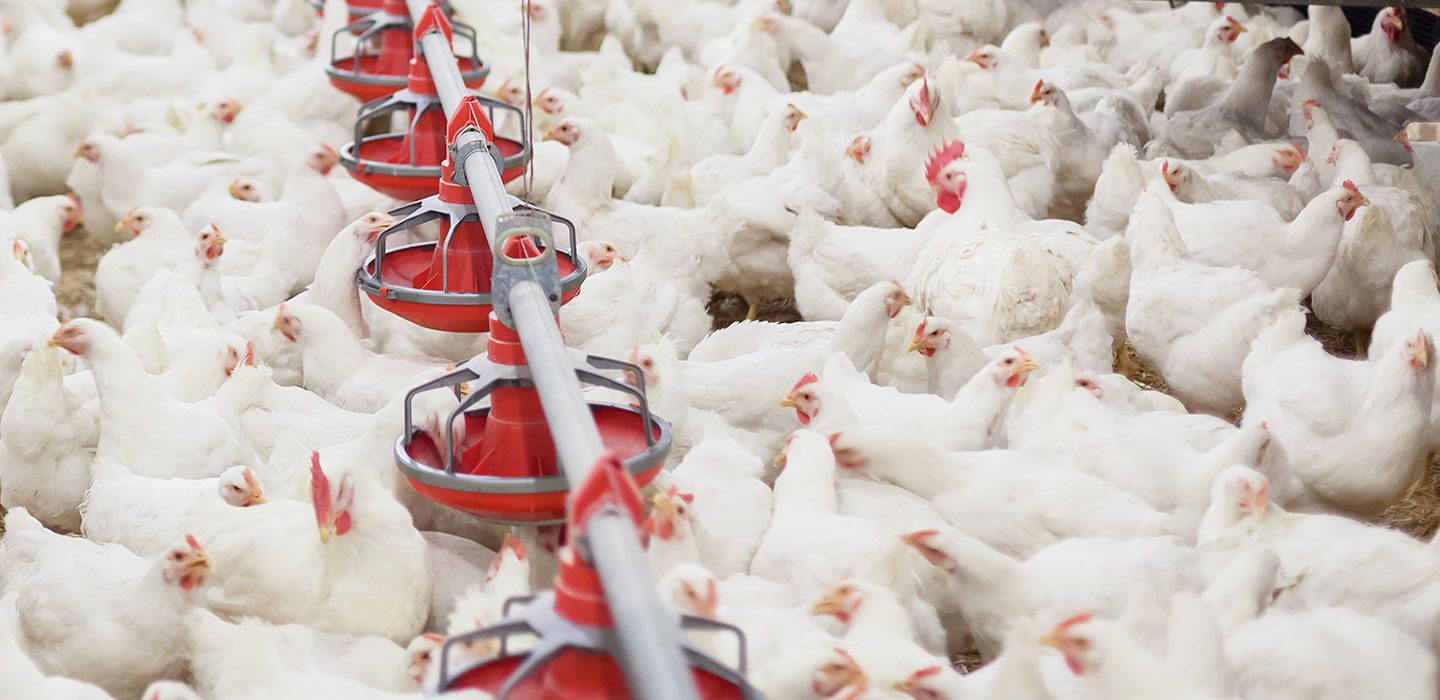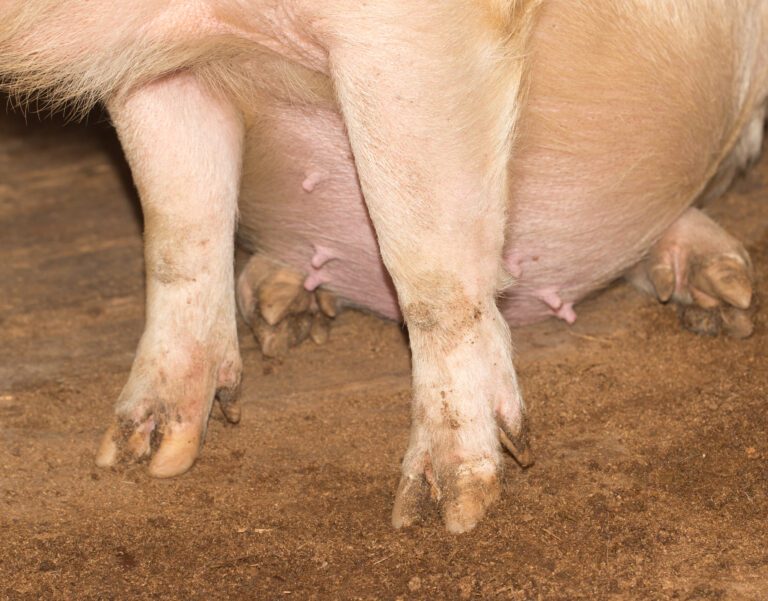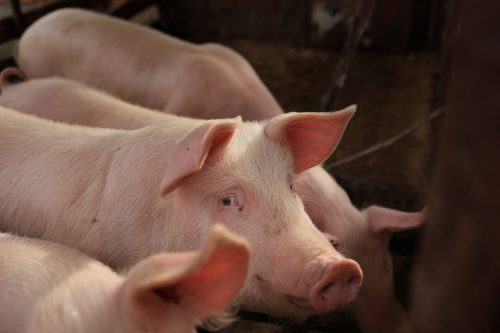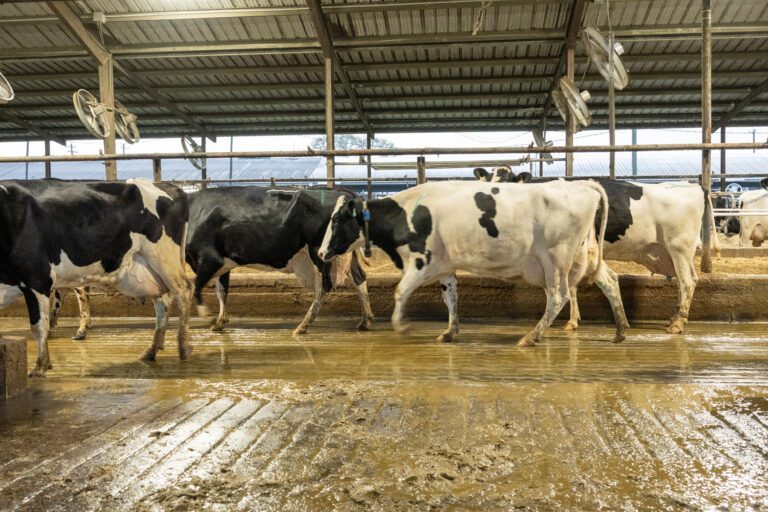Are You Getting What You Paid for with Your Trace Mineral Program?

For many in the dairy industry, organic trace minerals (OTMs) have become a standard part of the nutritional toolkit. They’re seen as a more available and absorbable alternative to inorganic trace minerals. But here’s the truth: not all OTMs are created equal. Due to the differences in OTM composition, there are differences in animal performance.
At NOVUS, we believe superior performance stems from superior design – and that belief is embodied in MINTREX® Bis-Chelated Trace Minerals. More than just another trace mineral product, MINTREX® Bis-Chelated Trace Minerals are Made of More™, with a unique chemistry that ensures bioavailability, stability, and performance unlike any other mineral solution on the market today.
Understanding the Challenge: Bioavailability and Stability
Minerals play a critical role in maintaining the health and productivity of dairy cows. Zinc, copper, and manganese all contribute to immune function, hoof health, and reproductive success. But to deliver those benefits, these minerals must survive the journey through the rumen to the small intestine – a gauntlet of pH fluctuations and antagonistic compounds in feedstuffs, like sulfates, that can bind and inhibit minerals before they’re absorbed.
Many OTMs fall short because their molecular structure leaves them vulnerable to these environmental interactions. Negatively and positively charged mineral complexes are vulnerable and susceptible to dissociation before making it to the site of absorption in the small intestine. Neutrally charged molecules, like MINTREX® Bis-Chelated Trace Minerals, are chemically superior because they protect the mineral, so it makes it safely to the site of absorption in the small intestine and can be fully utilized by the animal.
What Makes MINTREX® Bis-Chelated Trace Minerals Different
MINTREX® Bis-Chelated Trace Minerals stand apart for several key reasons:
- Proprietary 2:1 Chelation Structure
Each MINTREX® molecule contains two molecules of HMTBa (hydroxy analogue of methionine, a methionine precursor) bound to a trace mineral (either zinc, copper, or manganese), creating a neutral charge. This neutral molecule resists premature dissociation and reduces interactions with antagonists in the digestive tract. - Dual Benefit: Mineral + Methionine
Unlike other OTMs, MINTREX® Bis-Chelated Trace Minerals deliver both a highly bioavailable mineral and a valuable source of metabolizable methionine via HMTBa. - Proven Bypass Value
Studies show that ~ 54% of the HMTBa in MINTREX® Bis-Chelated Trace Minerals bypasses rumen degradation and reaches the small intestine intact, where it can be absorbed and used for methionine synthesis.1,2,3 This significantly enhances the value of MINTREX® Trace Minerals over other OTMs. - Rumen-Active Effects: Milk Fat Boost
Not only does MINTREX® Bis-Chelated Trace Minerals deliver metabolizable methionine post-ruminally,4 but its HMTBa component also acts as a rumen modifier. This has been shown to support increases in milk fat yield — a key economic driver for many dairy producers.5
Putting Performance to the Test: Superior Absorption and Utilization
When you compare MINTREX® Bis-Chelated Trace Minerals to other OTMs, MINTREX® delivers more metabolizable methionine per gram of mineral fed. That’s because of the power of HMTBa, the two ligands that protect zinc, copper, and manganese. For example, 6 g of MINTREX® provides 2.54 g of metabolizable methionine. When supplementing with MINTREX® Bis-Chelated Trace Minerals and MFP® Feed Supplement or MHA® Feed Additive together, you can maximize total metabolizable methionine in the diet.
More importantly, MINTREX® does so with greater mineral bioavailability due to its stability in the digestive environment6-9 and fewer antagonistic interactions.10,11 With more minerals in the tissues and additional metabolizable methionine available to the animal, cows can reach their full potential.
The ROI for Nutritionists and Producers
MINTREX® Bis-Chelated Trace Minerals offer a cost-effective advantage in the face of volatile feed costs and high-performance expectations. The additional metabolizable methionine coming from MINTREX® reduces the total amount of methionine sources needed to meet methionine requirements, while improved bioavailability can reduce overall mineral inclusion levels — saving on input costs without compromising animal health or productivity.
This makes it not only a top performance solution but also a responsible choice for forward-thinking nutritionists and producers.
Re-Evaluate Your Mineral Program
If you’re currently using another OTM, ask yourself:
- Are you getting a known chemical structure with proven bioavailability?
- Are you also getting metabolizable methionine – or just a mineral?
MINTREX® Bis-Chelated Trace Minerals is Intelligent Nutrition in action. It’s time to rethink what trace minerals can do. Speak with your local NOVUS representative to learn how you can transition your mineral program and unlock greater value from every gram of mineral fed.
References
- Zanton, G. I., et al. 2012. Effect of MINTREX® supplementation on methionine availability in dairy cows. Anim. Sci. 90(Suppl 1):428.
- Novus International, Inc. 2010. Internal study reports R03IGZ011010 and 501IGZ010067.
- Novus International, Inc. 2012. Internal study report R03IGZ012022.
- Feng, J., et al. 2018. Estimation of ruminal bypass of HMTBa via plasma methionine concentration. Dairy Sci. 101(9):8141–8151.
- Tucker, H and M. Vázquez-Añón. 2018. Altering Source of Organic Trace Minerals Improves Milk Fat in Commercial Dairy. Journal of Dairy & Veterinary 8. doi:10.19080/jdvs.2018.08.555732
- Tucker, H. A., C. K. Foran, S. Bettis, P. Fisher, J. Xue, K. J. Wedekind, and M. Vázquez-Añón. 2016. 1475 Bioavailability of different sources of zinc using stable isotopes in male Holstein calves. J. Anim. Sci. 94(5):716.
- Tucker, H. A., C. K. Foran, T. Rode, and D. Hancock. 2024. 1475 Bioavailability of different sources of zinc using stable isotopes in male Holstein calves. American Dairy Science Association Annual Meeting, West Palm Beach, Florida. June 16-19, 2024.
- Tucker, H. and Provin, A. 2020. Benefit of zinc methionine hydroxy analog chelate to increasing tissue enrichment with dietary antagonism in Holstein calves. J. Dairy Sci. 103(1): 290.
- Tucker, H. A. 2025. Bioavailability of different sources and doses of zinc using stable isotopes in weaned male Holstein calves. J. Dairy Sci. 108:8971–8980. https://doi.org/10.3168/jds.2025-26797
- Whitehurst, J. D., et al. 2014. Reducing antagonistic mineral interactions in dairy diets. Anim. Sci. 92(Suppl 1):341.
- Vázquez-Añón, M., et al. 2007. Isotopic tracing of zinc and copper absorption in the presence of antagonists. Anim. Sci. 85(12):3362–3370.

Intelligent Nutrition for Your Business
More science. More insight. More inspiration. More ways for you to feed the world.




